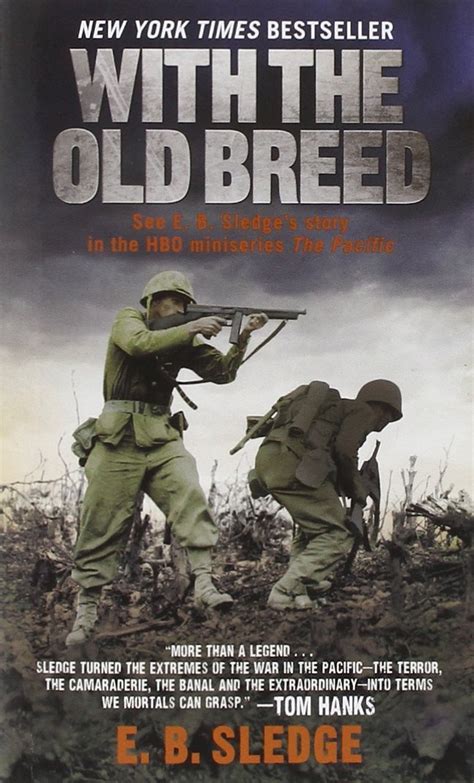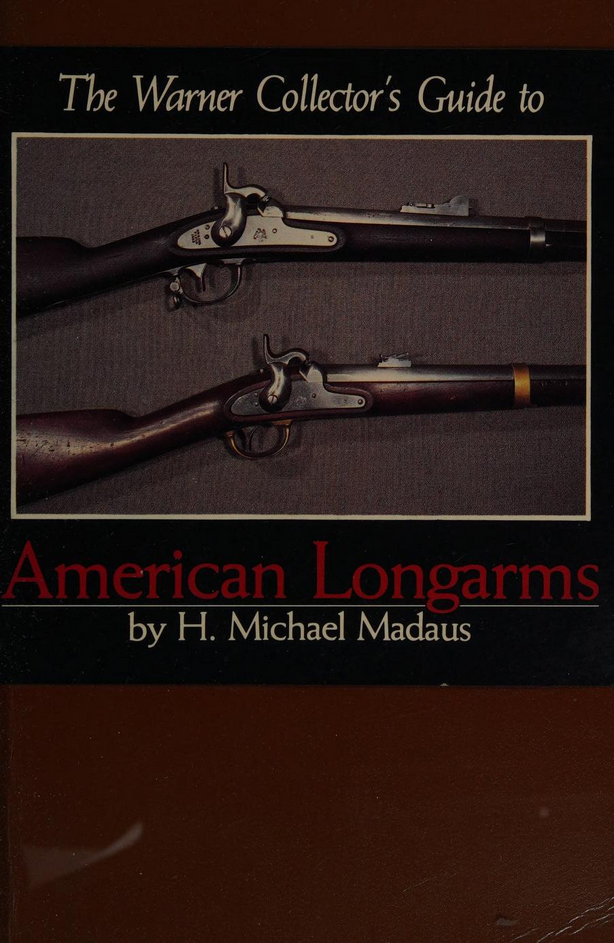It’s been said that one never realizes just how uninformed the typical journalist is until he or she covers a topic with which the reader is familiar. Bestselling novelist Michael Crichton coined the term “Gell-Mann Amnesia,” after his friend Murray Gell-Mann a physicist, to describe that phenomenon. Logically, there is little reason to believe that someone working on a nightly deadline and paid by the column-inch will spend months or years studying every topic, and that lack of expertise often shows—particularly regarding firearms.
Although civilian firearm ownership is relatively widespread in the United States (30% of individuals and 42% of households report owning at least one), it doesn’t cut equally through demographics. For example, gun ownership is far less prevalent in the Northeast, in cities, and among college graduates. Given that many prominent media companies are based in New York and staffed by college graduates, we can deduce that nationally published news stories involving firearms are overwhelmingly written by people with no understanding of the subject matter.
The effect is that the national (and even international) narrative surrounding gun ownership is created almost exclusively by people whose opinions thereof range from indifference to virulent hostility. The largest national newspapers in the country hardly ever mention firearms outside the context of violent crime, which as we all know is committed predominantly by repeat offenders who don’t even get their guns legally. Opinion pieces in the New York Times predominantly favor gun control; the story is the same in the Los Angeles Times and the San Francisco Chronicle. One-sided editorializing, while unfair, is at least understandable, but that does not make it acceptable for anyone—especially highly paid reporters—to allow their personal biases to color their reporting of the facts.
Anyone who has read or listened to mainstream news has experienced biased reporting that paints law-abiding gun owners in a negative light. Terms like “assault weapon,” “military-style,” and “high-powered” prime audiences to think of popular types of firearms as unusual and inappropriate for private use. Characterization of violent crime involving firearms specifically as “gun violence” incorrectly implies that guns cause, rather than facilitate, violence. The problem of anti-gun bias in journalism continues because its perpetrators often don’t recognize, or refuse to address, their own subconscious prejudice against the tens of millions of gun owners in this country.
Some hope still exists, however, of the news industry recognizing and addressing its own heavy anti-gun bias. Beginning with the 55th Edition of its widely used Stylebook, the Associated Press began recommending against the use of the term “assault weapon” due to its inaccurate and highly politicized nature. Last autumn, the notoriously partisan CNN hired award-winning firearm journalist Stephen Gutowski as a member of its “Guns in America” team. Gutowski’s position as a rare pro-Second Amendment figure in the news media makes his insightful reporting a welcome respite from the industry’s continuous anti-gun bias.
It remains to be seen whether the news industry continues to experience reform and move toward a more balanced and fair perspective on guns. Popular media should always be consumed with a critical eye, particularly when it comes to news reporting. As I have written before, those of us who know more about firearms and the state of the Second Amendment have a responsibility to help educate the rest of the population who are otherwise inclined to believe everything they hear on the news.





Comments